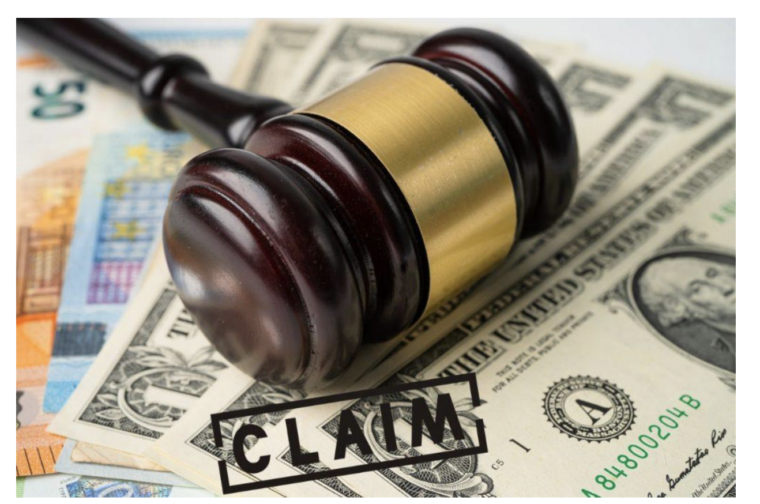Here’s Everything You Need to Know About a Diminished Value Claim
Navigating the unfamiliar territory of diminished value (DV) claims can seem intimidating. It doesn’t have to be! This blog post will explain everything you need to know about filing and receiving a DV claim. Click here to learn how a diminished value lawyer can help you!
From understanding why losses like these occur in the first place to developing an effective strategy for seeking compensation from the other party or their insurance provider to safeguarding yourself with legal representation, we’ll cover all the required bases in this blog post.
What Is a Diminished Value Claim?
A diminished value claim is a legal avenue that enables you to recover the disparity between your car’s pre-accident value and its worth after undergoing repairs. It is covered by the car insurance company of the at-fault driver.
When your car sustains damage in an accident, its market value typically decreases, even after being meticulously repaired to its original condition. Your car’s value, even in excellent post-repair condition, is lower than that of an identical vehicle that has never been in an accident.
However, a potential means exists to mitigate the financial loss due to this depreciation. In specific situations, you might be eligible to file a diminished value claim to recover the vehicle’s diminished value after the accident. You can seek compensation for the difference between your vehicle’s pre- and post-accident values by initiating such a claim with the at-fault driver’s insurer.
Types of Diminished Value Claims
Diminished value claims are categorized into immediate, inherent, and repair-related diminished value. Each type pertains to the manner in which the vehicle’s value has been reduced.
Immediate Diminished Value
Immediate diminished value claims are lodged to recover the reduction in resale value that occurs immediately after an accident, even before the vehicle has undergone repairs. These claims are primarily pursued through legal channels.
Inherent Diminished Value
After an accident, a vehicle typically loses some market value, even after necessary repairs. Inherent diminished value claims aim to compensate for this difference in value—precisely, the discrepancy between the car’s current worth and the price it would have fetched if it had not been involved in an accident.
Repair-Related Diminished Value
There are cases where subpar repairs are done on a vehicle post-accident. This renders it incapable of being fully restored to its original condition. In such cases, there may be an opportunity to file a repair-related diminished value claim.
Who Can File a Diminished Value Claim?
Filing a diminished value claim can be a valuable tool for recovering losses from an accident, provided you meet certain qualifications and your car satisfies specific criteria. These criteria include:
- Fault of the Other Party: The other party must be found to be at fault for the accident. In diminished value claims, it is crucial to establish liability. If you were responsible for the accident, filing a diminished value claim with your insurance provider is generally not feasible.
- Ownership of the Vehicle: Typically, diminished value claims cannot be filed for leased cars.
- High-Value Vehicle: Your vehicle is usually eligible for a diminished value claim if it is relatively new (less than 10 years old), has no prior accident history, and meets specific criteria.
- Uninsured Motorist Scenario: In accidents involving an uninsured or underinsured at-fault party, you can file a diminished value claim with your insurer under your uninsured motorist property damage coverage if you have such range.
- State Laws: Eligibility and regulations for diminished value claims vary by state. Most states require the other driver to be at fault to file such a claim. In states like Georgia, you can file a diminished value claim irrespective of who is at fault for the accident.
Conclusion
A diminished value claim may help you get back the cost of repairing your vehicle from the at-fault party’s insurer. Before taking this route, check with a local lawyer and see if it is right for your situation.
Find out the diminished value of your vehicle, and then use what you’ve learned to negotiate with the other insurance company to cover the lost value.
You can hire a lawyer to fight for what is rightfully yours. Don’t let a lack of knowledge stop you from seeking compensation!

